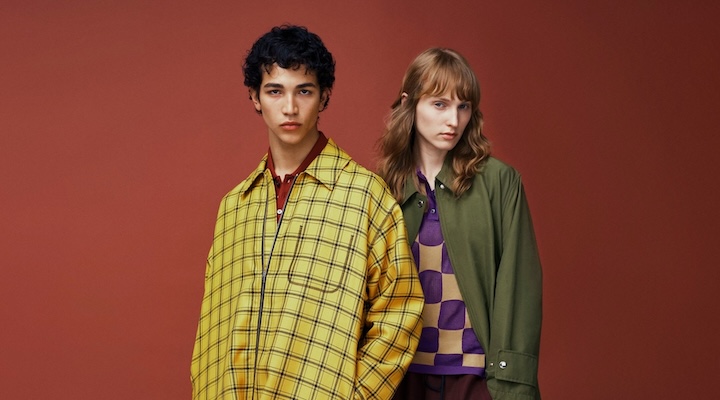Inside Retail’s latest global feature, The Shapers, tracks 10 of the year’s defining M&A transactions. Rather than focusing solely on price tags, it explores the strategic impact of each acquisition and draws on expert insights to reveal what they signal about the future of retail. Here are three key takeaways from The Shapers, the global report unpacking FY25’s most important M&A moves. Outdated formats are being shed Nowhere was this clearer than in China, where Alibaba div
ibaba divested its controlling stake in Sun Art Retail Group to private equity firm DCP Capital. Once touted as the linchpin of Alibaba’s “new retail” strategy, Sun Art’s 460 hypermarkets became a liability in an era when Chinese consumers increasingly shop via membership clubs like Sam’s Club or digital-native grocery apps.
In Australia, another example of restructuring came with Chemist Warehouse’s reverse takeover of Sigma Healthcare. While technically a merger, the move allowed Chemist Warehouse to list on the Australian Securities Exchange without an IPO, instantly creating the country’s largest pharmacy retailer. The deal reflected a different kind of pivot: by gaining direct control of its supply chain, Chemist Warehouse is future-proofing against rising costs and building a platform for international expansion.
“Chemist Warehouse is playing chess – long-term strategic positioning with low execution risk and massive upside,” said Brian Walker, CEO of the Retail Doctor Group.
Cultural capital is becoming a currency
If FY25 proved anything, it’s that cultural influence can be as valuable as distribution scale. The clearest case was ELF Beauty’s US$1 billion acquisition of Rhode, Hailey Bieber’s skincare brand.
Despite its small SKU count, Rhode’s real asset lies in its growth engine: a founder who is the brand, a media ecosystem that outperforms traditional campaigns and a business model that merges content and commerce seamlessly.
With Rhode entering Sephora this September, the deal will help ELF access the high-end segment, shifting towards building a multi-brand portfolio.
This theme extends beyond beauty. In the US, 3G Capital’s $9.42 billion buyout of Skechers demonstrated how investor confidence now leans towards brands with cultural stickiness and loyal followings.
Skechers has posted record sales and double-digit growth in recent years, making it a rare acquisition of a thriving, rather than struggling, company. For 3G, the deal was less about restructuring and more about buying into a brand with cultural resilience in an era of volatile consumer tastes.
Cultural relevance, whether embodied in a celebrity founder or a globally recognised sneaker brand, is emerging as a premium asset in retail.
Legacy channels are finding new life in scale
Saks Fifth Avenue and Neiman Marcus merged to form Saks Global, bringing together Saks, Neiman Marcus, Bergdorf Goodman and Saks Off 5th. The $2.65 billion deal mirrors past retail consolidations, such as Macy’s and Federated in the 1990s, and represents a bid to make department stores relevant again through combined scale and resources.
“This deal is a bit different than the others that took place this year because it’s a case of two competitors, rather than companies that are adjacent to each other,” said Melissa Minkow, CI&T’s global director of retail strategy, told Inside Retail.
Elsewhere, DoorDash’s £2.9 billion takeover bid of Deliveroo reflected a similar logic in the on-demand delivery space. While not a legacy retailer in the traditional sense, Deliveroo faced challenges in sustaining growth as a stand-alone player. The merger gives DoorDash access to nine new international markets and strengthens its multi-category ambitions, from food to groceries and beyond. By combining Deliveroo’s urban expertise and DoorDash’s suburban scale, the two companies are betting on growth through integration.
Whether in department stores or delivery, scale is being used as a tool not just to cut costs but to reimagine entire categories.
The Shapers first appeared in Inside Retail Asia magazine’s August Issue. For the full picture and deeper insights into all 10 deals featured in the report, please read the complete global report here.







